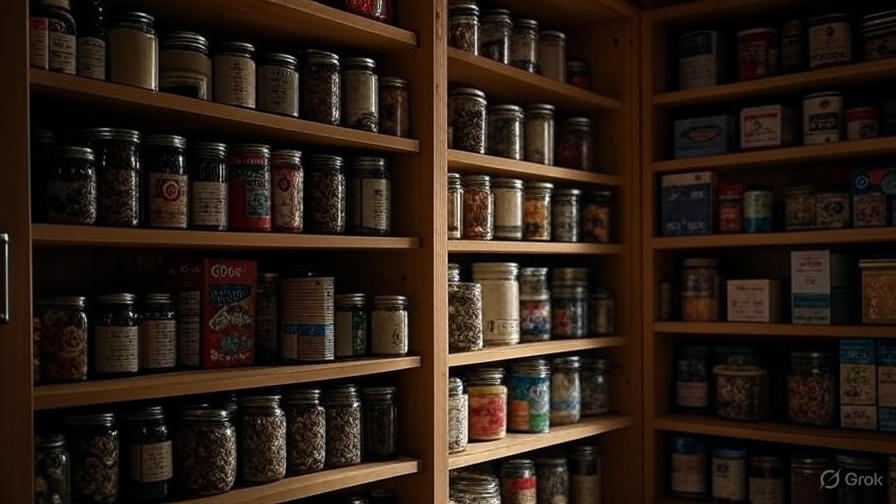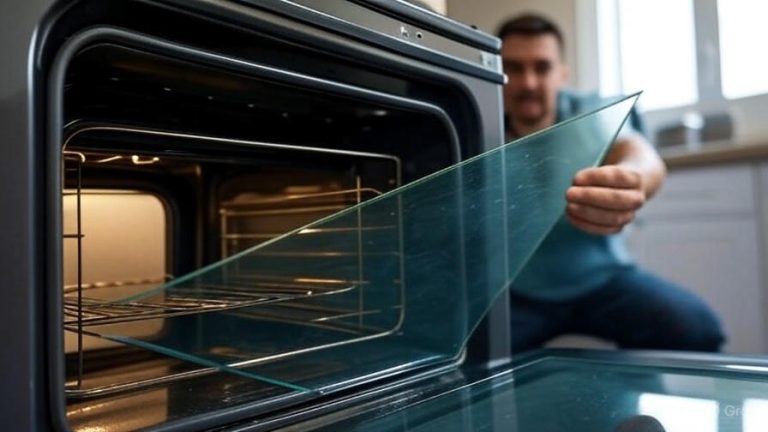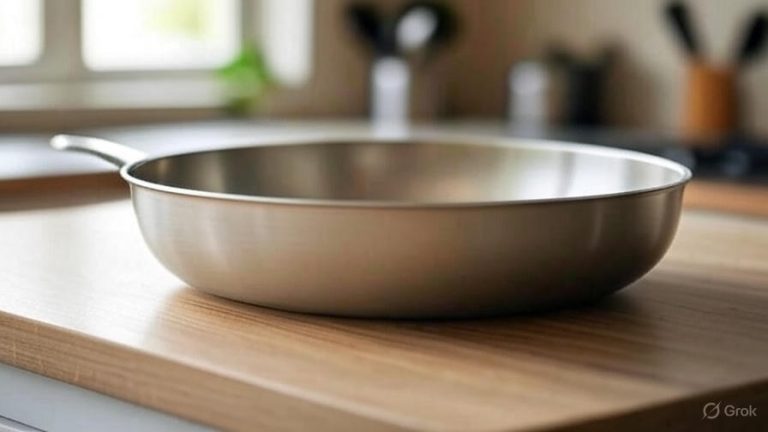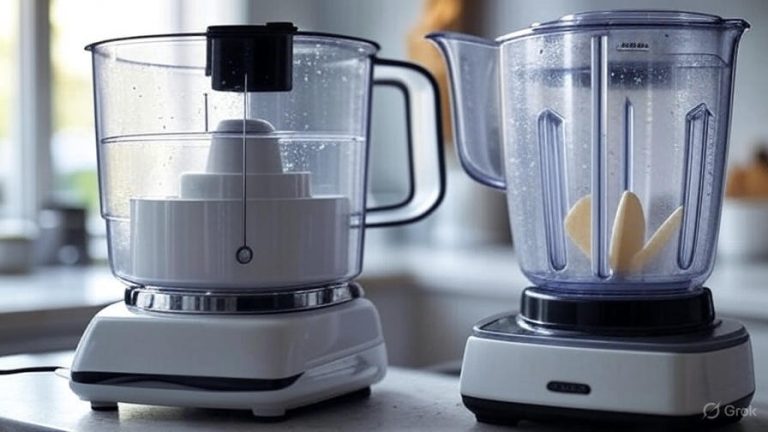How to Organize Kitchen Pantry?
A well-organized kitchen pantry saves time, reduces food waste, and makes meal planning effortless. Many homeowners struggle with cluttered pantries that hide ingredients and create frustration during cooking. This comprehensive guide will help you create a systematic approach to pantry organization that works for your lifestyle and space.
Assess Your Current Pantry Situation
Start by emptying your entire pantry. Pull everything out onto your kitchen counter or dining table. This step allows you to see exactly what you have and identify items that need attention. Check expiration dates and discard anything that has spoiled or expired.
Group similar items together as you sort through everything. Place all canned goods in one area, baking supplies in another, and snacks in a third pile. This initial sorting reveals how much space each category needs and helps you plan your new organization system.
Take measurements of your pantry shelves, including height, width, and depth. Write these numbers down because you’ll need them when shopping for storage containers and organizational tools. Different shelf heights accommodate different types of items, so knowing your dimensions helps you maximize every inch of space.
Clean Your Pantry Thoroughly
Once your pantry is empty, give it a deep clean. Wipe down all shelves with a damp cloth and mild cleaner. Pay special attention to corners where crumbs and spills tend to accumulate. Clean the floor thoroughly, as food particles often fall and attract pests.
Check for signs of pest activity like droppings or chewed packaging. If you find evidence of mice or insects, address the problem before restocking your pantry. Seal any cracks or gaps where pests might enter, and consider placing natural deterrents like bay leaves or peppermint oil in corners.
Allow your pantry to dry completely before moving to the next step. This prevents moisture from being trapped when you add your organizational systems and food items back into the space.
Create Zones for Different Food Categories
Successful pantry management relies on creating specific zones for different types of food. Designate areas for canned goods, dry goods, baking supplies, snacks, and condiments. This zoning system makes it easy to find what you need and helps family members maintain the organization.
Place frequently used items at eye level and within easy reach. Items you use daily, like coffee, tea, or breakfast cereals, should occupy prime real estate in your pantry. Less frequently used items can go on higher or lower shelves.
Keep heavy items on lower shelves for safety and easier access. Large bags of flour, rice, or pet food belong near the bottom of your pantry. This placement also prevents accidents and makes restocking easier.
Invest in Quality Storage Containers
Airtight containers revolutionize pantry organization by keeping food fresh longer and creating uniform storage solutions. Transfer cereals, grains, flour, sugar, and other dry goods into clear, stackable containers. This approach protects food from pests and moisture while making quantities visible at a glance.
Choose containers with secure lids that snap or screw on tightly. Poor-quality containers allow air and pests to enter, defeating the purpose of transferring your food. Glass or high-quality plastic containers work best for long-term food storage.
Label every container clearly with both the contents and the expiration date. Use a label maker or waterproof markers to create professional-looking labels that won’t smudge or fade. This labeling system helps everyone in your household maintain the organization.
Maximize Vertical Space
Most pantries have unused vertical space that you can optimize with the right tools. Install additional shelving if your pantry allows, or use stackable storage solutions to create more levels within existing shelves.
Door organizers add significant storage capacity without taking up shelf space. Hang spice racks, small baskets, or narrow shelves on the inside of your pantry door. These organizers work perfectly for spices, small condiment bottles, and cooking supplies.
Use shelf risers to create two levels on a single shelf. These simple tools allow you to store items behind and in front of each other while keeping everything visible. They work especially well for canned goods and jarred items.
Implement a First-In, First-Out System
Rotate your food stock regularly to prevent items from expiring before you use them. Place newer items behind older ones, ensuring you use older products first. This rotation system, commonly used in restaurants, significantly reduces food waste in home kitchens.
Write purchase dates on items that don’t have clear expiration dates. This practice helps you track how long items have been in your pantry and prioritize which ones to use first. Use a permanent marker to write dates on packaging or labels.
Check expiration dates monthly and move items approaching their expiration dates to the front of their designated areas. This monthly review keeps your pantry fresh and helps you plan meals around items that need to be used soon.
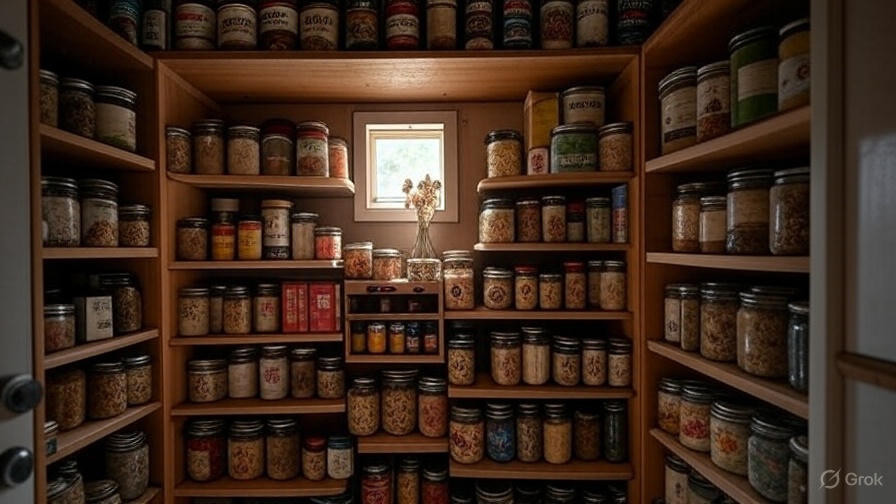
Organize Baking Supplies Strategically
Create a dedicated baking zone that keeps all your baking ingredients together. Store flour, sugar, baking powder, baking soda, vanilla extract, and other baking essentials in one area of your pantry. This centralized approach makes baking projects more efficient and enjoyable.
Use a caddy or basket to hold frequently used baking tools like measuring cups, measuring spoons, and whisks. Keep this caddy in your baking zone so everything you need is in one place. This system eliminates the need to search through multiple drawers and cabinets while baking.
Store opened baking ingredients in airtight containers to maintain freshness and prevent spills. Brown sugar, in particular, benefits from airtight storage to prevent hardening. Consider using containers with pour spouts for ingredients like flour and sugar to make measuring easier.
Optimize Snack Storage
Designate specific areas for different types of snacks to prevent them from taking over your entire pantry. Create separate zones for healthy snacks like nuts and dried fruits, and treats like cookies and chips. This separation helps with portion control and makes it easier to grab appropriate snacks.
Use clear bins or baskets to corral small snack packages. These containers prevent small items from getting lost behind larger ones and make it easy to see what snacks are available. Choose containers that fit your shelf dimensions to maximize space efficiency.
Portion out bulk snacks into individual serving sizes using small containers or bags. This practice helps with portion control and makes it easy to grab snacks for lunch boxes or on-the-go eating. It also helps bulk purchases last longer by preventing overeating.
Maintain Your Organized Pantry
Set a schedule for regular pantry maintenance to keep your organization system working effectively. Spend 10-15 minutes each week tidying up, checking expiration dates, and restocking containers. This regular maintenance prevents your pantry from returning to its previous chaotic state.
Involve your family in maintaining the pantry organization. Teach household members where items belong and establish rules about putting things back in their designated spots. When everyone participates in maintaining the system, it stays organized longer.
Review and adjust your organization system as needed. Your family’s eating habits and pantry needs may change over time, requiring modifications to your storage zones or container choices. Be flexible and willing to adapt your system when necessary.
Smart Shopping Strategies
Plan your grocery shopping around your pantry organization system. Keep a running inventory of what you have and what you need to prevent overbuying and ensure you don’t run out of essentials. This planning reduces food waste and saves money.
Buy items in quantities that fit your storage containers and consumption patterns. Bulk buying can save money, but only if you have adequate storage space and will use the items before they expire. Match your purchasing to your actual storage capacity.
Create a pantry inventory list that you update regularly. This list helps you shop more efficiently and prevents duplicate purchases. Keep the list on your phone or posted inside your pantry door for easy reference.
Handle Special Dietary Needs
If family members have food allergies or follow special diets, create dedicated storage areas for their specific items. This separation prevents cross-contamination and makes it easy to identify safe foods quickly. Use separate containers and label them clearly.
Store gluten-free items in sealed containers to prevent cross-contamination from regular flour and grain products. Keep these items on separate shelves when possible, and always use clean scoops and measuring tools when handling them.
Create grab-and-go sections for family members with specific dietary needs. Pre-portion snacks and meal components in clearly labeled containers so they can quickly identify appropriate foods during busy mornings or snack times.
Deal with Limited Space
Small pantries require creative solutions to maximize storage capacity. Use every inch of available space, including the backs of doors, narrow gaps between appliances, and high shelves. Think vertically and look for unused spaces that could accommodate storage solutions.
Choose multi-functional storage solutions that serve double duty. Ottoman storage boxes can hold bulk items while providing extra seating in your kitchen. Rolling carts can store pantry overflow and move wherever you need them.
Prioritize your most frequently used items when space is limited. Keep everyday essentials easily accessible and store occasional-use items in less convenient locations. This prioritization ensures your limited space works efficiently for your daily needs.
Seasonal Pantry Adjustments
Adjust your pantry organization seasonally to accommodate different cooking and eating patterns. Summer might require more space for picnic supplies and fresh produce storage, while winter might need room for comfort food ingredients and holiday baking supplies.
Rotate seasonal items to appropriate storage locations throughout the year. Move holiday baking supplies to prime locations in December, then relocate them to higher shelves in January to make room for everyday items. This rotation keeps your most-used items accessible.
Use your pantry organization as an opportunity to plan seasonal meal rotations. Group ingredients for summer salads together during warm months, then reorganize for soup and stew ingredients as weather cools. This seasonal approach supports varied, seasonal eating.
Long-Term Success Tips
Document your organization system with photos or written descriptions. This documentation helps you remember where things belong and assists family members in maintaining the system. It also makes reorganizing easier if your system gets disrupted.
Invest in quality organizational tools that will last years rather than cheap solutions that break quickly. Durable containers, sturdy shelving, and well-made baskets pay for themselves over time through longevity and continued functionality.
Stay flexible and willing to evolve your system as your needs change. What works for a family with young children may need adjustment as kids grow up and eating habits change. Regular evaluation and adjustment keep your pantry organization relevant and functional.
A well-organized pantry transforms your cooking experience and reduces daily stress around meal preparation. By implementing these strategies systematically and maintaining them consistently, you’ll create a functional food storage system that serves your family for years to come. Start with small changes and gradually build your ideal pantry organization system that fits your space, budget, and lifestyle perfectly.

